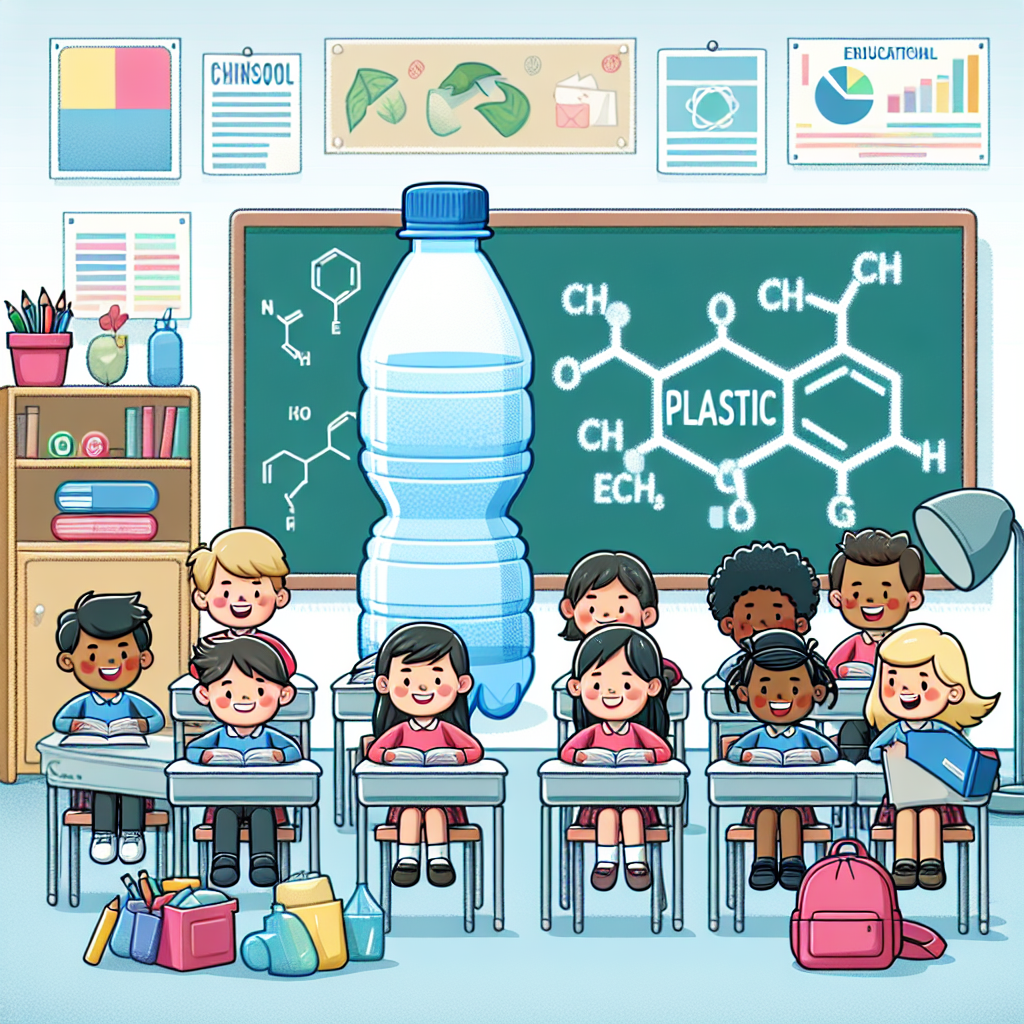
How Childhood Plastic Exposure Could Affect School Performance
In recent years, there has been growing concern over the effects of plastic exposure on children’s health and development. A comprehensive review conducted by NYU Langone Health reveals that everyday exposure to plastics, particularly during childhood, poses significant risks to heart disease, infertility, asthma, and even brain development issues. This compelling evidence raises critical questions about how such exposure might impact cognitive abilities and, consequentially, academic performance in school settings.
The Link Between Plastic Chemicals and Cognitive Development
The study highlights that chemicals found in plastics can disrupt hormones, ignite chronic inflammation, and lower IQ levels. This is concerning given that the early years are crucial for brain development. Children exposed to these harmful substances may experience neurodevelopmental delays, impacting memory, attention, and overall cognitive function, which are essential for learning and academic success.
Mechanisms of Impact
Plastics can release endocrine-disrupting chemicals (EDCs) such as phthalates and bisphenol A (BPA), which have been linked to developmental disorders. These EDCs can mimic or interfere with the body’s hormone systems, adversely affecting neural development. The resulting hormonal imbalance could impair learning processes, leading to difficulties in subjects that require higher-order thinking and problem-solving skills.
School Environment and Plastic Exposure
Schools frequently use materials and products that contain these harmful chemicals, from plastic chairs to lunch boxes lined with potentially toxic compounds. This constant exposure may exacerbate the negative effects seen in students, perpetuating a cycle of cognitive challenges.
Practical Steps for Schools
- Schools can consider using non-plastic alternatives for furniture and classroom materials.
- Promote the use of glass or metal containers for student meals to reduce BPA exposure from plastic.
- Regularly review cleaning supplies and maintenance materials to ensure they are free from phthalates and other harmful chemicals.
Implications for Policy and Education
The findings underscore the need for policy interventions at both the governmental and institutional levels. Schools may need to overhaul existing procurement policies to prefer sustainable and safe materials. At the regulatory level, stricter controls on the use of harmful substances in school products could protect young learners from unnecessary risks.
Educators and school psychologists also have a role in identifying students who might be at risk of cognitive difficulties due to environmental factors. Early intervention strategies, such as cognitive therapy and personalized educational frameworks, could be employed to help affected students overcome learning barriers.
Conclusion
Childhood exposure to plastic chemicals is a critical public health concern with direct ramifications on school performance and cognitive development. By addressing the environmental factors contributing to this exposure, schools can create safer academic environments. The collaboration between policymakers, educators, and parents will be key to reducing the impact of these harmful substances and promoting healthier educational outcomes for children.



